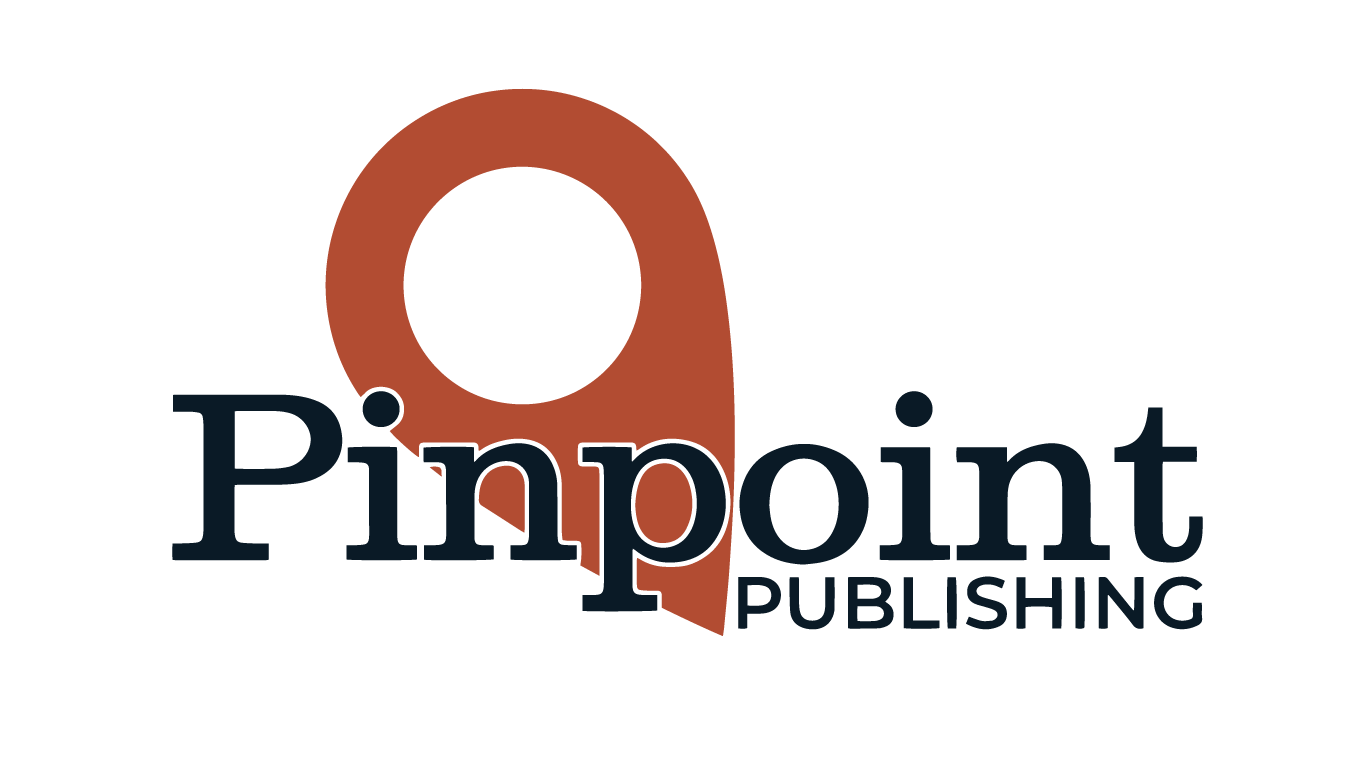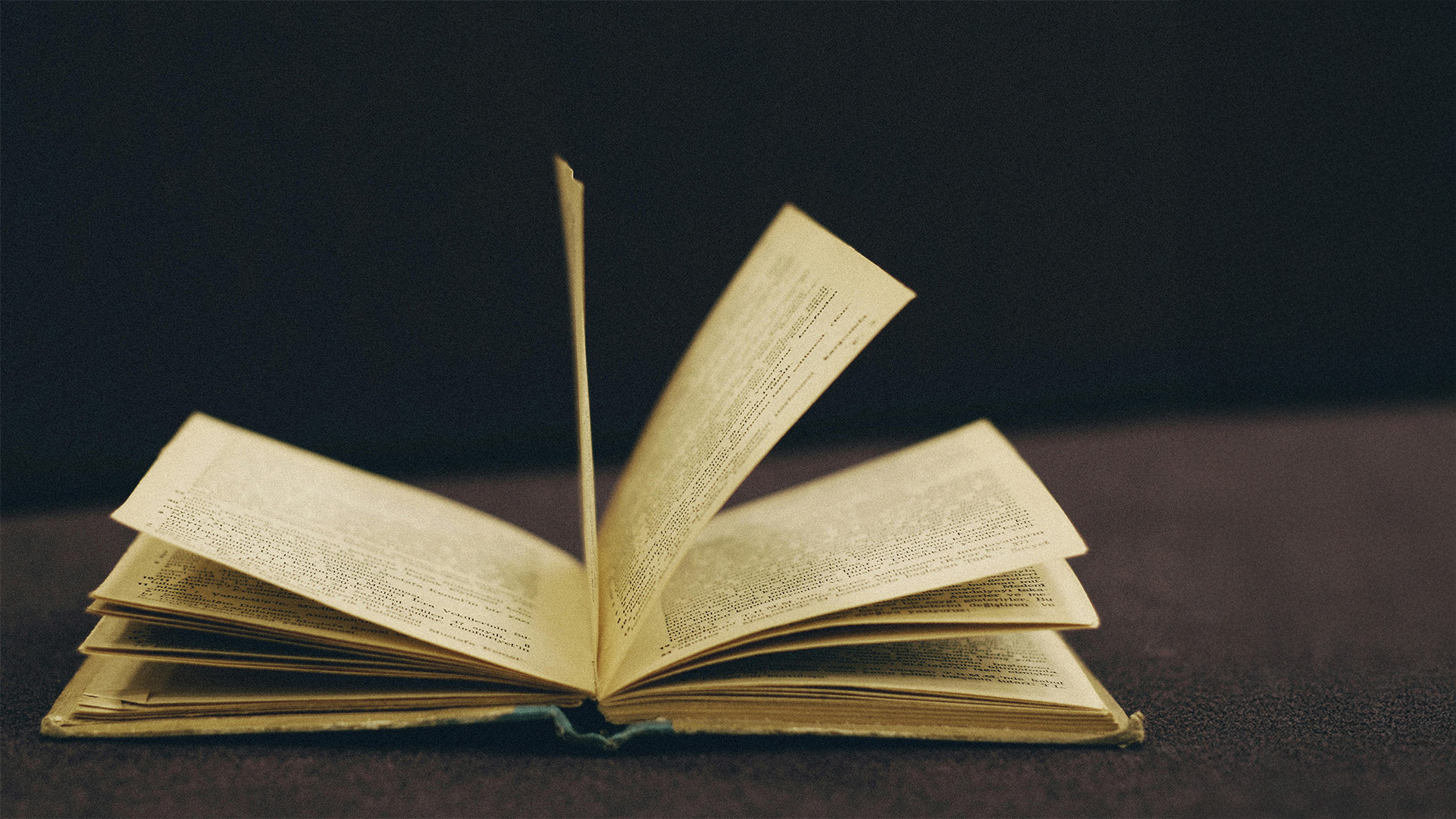Editing is one of the biggest steps in publishing, but it’s also one of the most misunderstood. It can be expensive, and a lot of first-time authors aren’t sure what kind of editing they need or whether they can do it themselves.
The truth is, every book needs editing. Even the best writers go through multiple rounds of revisions before publishing. A well-edited book keeps readers engaged, builds credibility, and helps avoid bad reviews. But not every book needs the most in-depth level of editing, and not every author has the budget to hire a full editorial team. The key is knowing where your book stands and what kind of help will take it from good to great.
Developmental Editing: The Big-Picture Fix
If your manuscript feels unfinished or unbalanced, a developmental editor helps shape the entire book. This level of editing focuses on structure, pacing, and clarity. For fiction, that means looking at character arcs, plot consistency, and whether the story keeps moving. For nonfiction, it’s about making sure the ideas flow, the arguments make sense, and the content is easy to follow.
Developmental editing is intense. It often leads to rewrites and restructuring. It’s also the most expensive type of editing because it requires deep analysis and feedback. If your story isn’t working but you don’t know why, this is where you start.
Some authors can handle this part on their own, especially if they’re experienced or have strong beta readers. If you’re willing to step back from your book for a few weeks and read it with fresh eyes, you can catch a lot of major issues yourself. But if you’re stuck or unsure, a developmental editor can save you a lot of frustration.
Line Editing: Polishing the Writing
Once the big-picture issues are settled, line editing refines the writing itself. This step focuses on sentence flow, word choice, and clarity. It makes sure your writing sounds natural and engaging, without unnecessary repetition or awkward phrasing.
A line editor won’t change your ideas, but they will tighten up your sentences, making them stronger and easier to read. This is the step that makes your writing sound polished and professional.
Some writers are great at this on their own, especially if they’ve been through multiple drafts. Reading your work out loud helps catch clunky sentences, and tools like ProWritingAid or Grammarly can point out areas that need cleaning up. But software can only do so much. A professional line edit makes a huge difference in how a book feels to a reader.
Copy Editing: Fixing the Details
Copy editing is about catching errors and inconsistencies. It’s the step that makes sure grammar, punctuation, and spelling are correct. It also ensures consistency in style, like whether you’re using US or UK spelling, how you format dates and numbers, and whether character names or technical terms stay the same throughout the book.
This is one of the most essential types of editing because even the best books can be ruined by small mistakes. Readers are forgiving of the occasional typo, but a book full of grammar errors or inconsistencies will distract them from the story.
You can do a basic version of this yourself with spellcheckers, but software won’t catch everything. A professional copy edit ensures your book is polished and ready for readers.
Proofreading: The Final Check
Proofreading is the last step before publishing. It’s not about rewriting or revising, but about catching the small mistakes that slipped through. A proofreader looks for typos, missing words, or formatting issues that might throw off the final product.
This is a necessary step, no matter what. Even if you’ve had professional editing, small errors can still sneak through. If nothing else, always have a fresh set of eyes do a final proofread before hitting publish.
How Much Does Editing Cost?
Editing is one of the biggest expenses in publishing. The cost depends on the level of editing, the length of the book, and the experience of the editor. Developmental editing is usually the most expensive, while proofreading is the most affordable. A full professional edit can cost anywhere from a few hundred to several thousand dollars.
For authors on a budget, self-editing is a good first step. Take time away from your manuscript before revising, use editing tools, and get feedback from beta readers. You don’t have to do it all yourself, but the more you refine your book before hiring an editor, the better the final result—and the lower your costs.
Which Editing Do You Need?
Not every book needs every type of editing. If your structure and pacing feel off, a developmental edit helps shape the story. If your writing is strong but could use some polishing, line editing is the way to go. If you just need to make sure everything is technically correct, copy editing and proofreading will get you across the finish line.
Every book benefits from editing, but how much you invest depends on your goals. If you’re serious about putting out a professional, high-quality book, it’s worth the cost. If you’re working with a tight budget, you can handle some of the editing yourself and invest where it matters most.
At Pinpoint Publishing, we offer editing services to fit your needs, whether you need a deep developmental edit, a careful copy edit, or just a final proofread. If you’re not sure what level of editing your book needs, we can help you figure it out.






0 Comments